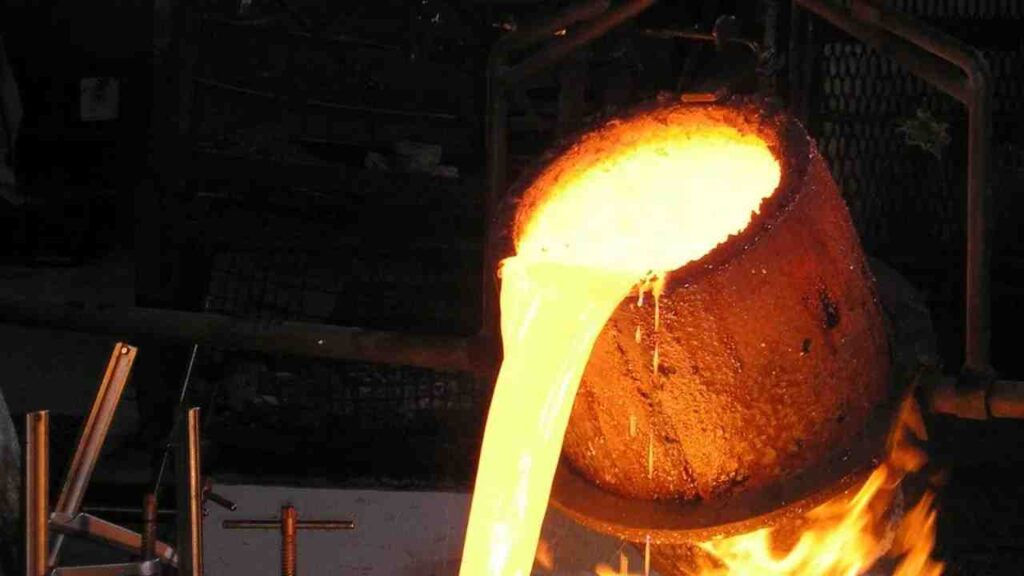
Chinese Firms’ Withdrawal Dents Pakistan Steel Mills Privatization

Amid a substantial downturn in Chinese investment in the China-Pakistan Economic Corridor (CPEC), several major Chinese companies have withdrawn from the proposed acquisition and investment in state-run Pakistan Steel Mills.
The decision marks a setback for the privatization of this largest non-functional 19,000-acre industrial facility.
Before ceasing its operations in June 2015, the facility was once a significant contributor, meeting nearly half of the country’s steel demands. Originally funded and designed by the Soviet Union [now Russia] over half a century ago, the facility holds strategic importance for the country’s industrial and national security.
Ukrainian and U.S Companies Interest and Withdrawals
Earlier, ten companies from Russia and China had an interest in operating the mill under a public-private partnership. The Pakistani government was also comfortable with this proposition. Additionally, four Ukrainian entities including the Ukrainian National Foreign Economic Corporation and an American firm had also expressed interest, but they withdrew at an early stage.
Russian and Chinese Companies’ Exit
Even after years of negotiations with Pakistani authorities, half a dozen Russian companies including the METPROM Group abandoned the proposed revival plan.
As for the Chinese investment companies, Bao Steel Group Xinjiang Bayi Iron & Steel Co. Ltd, (China), Tangshan Donghua Iron and Steel Enterprise Group Co. Ltd (China), and Maanshan Iron and Steel Co. Ltd exited the the deal. Although MCC remains the sole interested party. However, transparency concerns have halted the government’s plan to hand over the entity to a single bidder.
Subsequently, after these back-to-back setbacks, Islamabad shelved the privatization plan for the mill.
The mill is a strategic asset to Pakistan’s industrial and national security. “Pakistan wanted to hand this entity over to Russian or Chinese companies,” a top official of the Ministry of Industries told “The Newser”. Chinese companies have cited unfavorable global steel demand and economic conditions as reasons for the withdrawal, the official said.
The official further said that the regional political and economic situation has already affected the investment in CPEC, and it could be the reason for the withdrawal of Chinese investment companies from this deal.
Soviet-Era Karachi Steel Facility Lies Dormant
The Soviet Union (now Russia) built this facility in Karachi during the 1970s. Interestingly, during the same decade, Pakistan also approached the United States for funds to develop the most strategic Gwarda port in Balochistan, but the President Nixon administration rejected the proposal.
Since June 2015, this 19,000-acre facility ceased steel production, as its losses ballooned to an unbearable level. The mill also owns 1,229 acres of land.
The mill last posted a profit of Rs9.5 billion in the financial year 2007-08. Then its financial health crumbled and started actuating losses and ultimately in June 2015, the government closed this major industrial unit.
Pakistan’s local production of iron and steel has been much lower to meet its demands. In the financial year 2022-23, iron and steel products of $1.89 billion were imported into the country.
Challenges for Pakistan’s Economic Stability
Pakistan is implementing a $3 billion bailout package from the International Monetary Fund (IMF). Notably, in this grim situation, the decline in interest of foreign com including China and Russia, in the Pakistani market poses a substantial challenge. While Pakistan and China have been referring to themselves as “All-Weather friends” Islamabad’s diplomatic ties with Moscow have been warming up over the last couple of years.
It is crucial to note that that in Pakistan, the state-owned enterprises, including the steel mill are eating up nearly $1.74 billion each year. In other words, they are accumulating this amount as losses.
On November 2, 2023, an IMF team is scheduled to visit Pakistan. It will conduct an in-depth review of the current bailout agreement. The privatization of state-owned entities is at the top of the list, a formidable challenge that the government currently faces.


